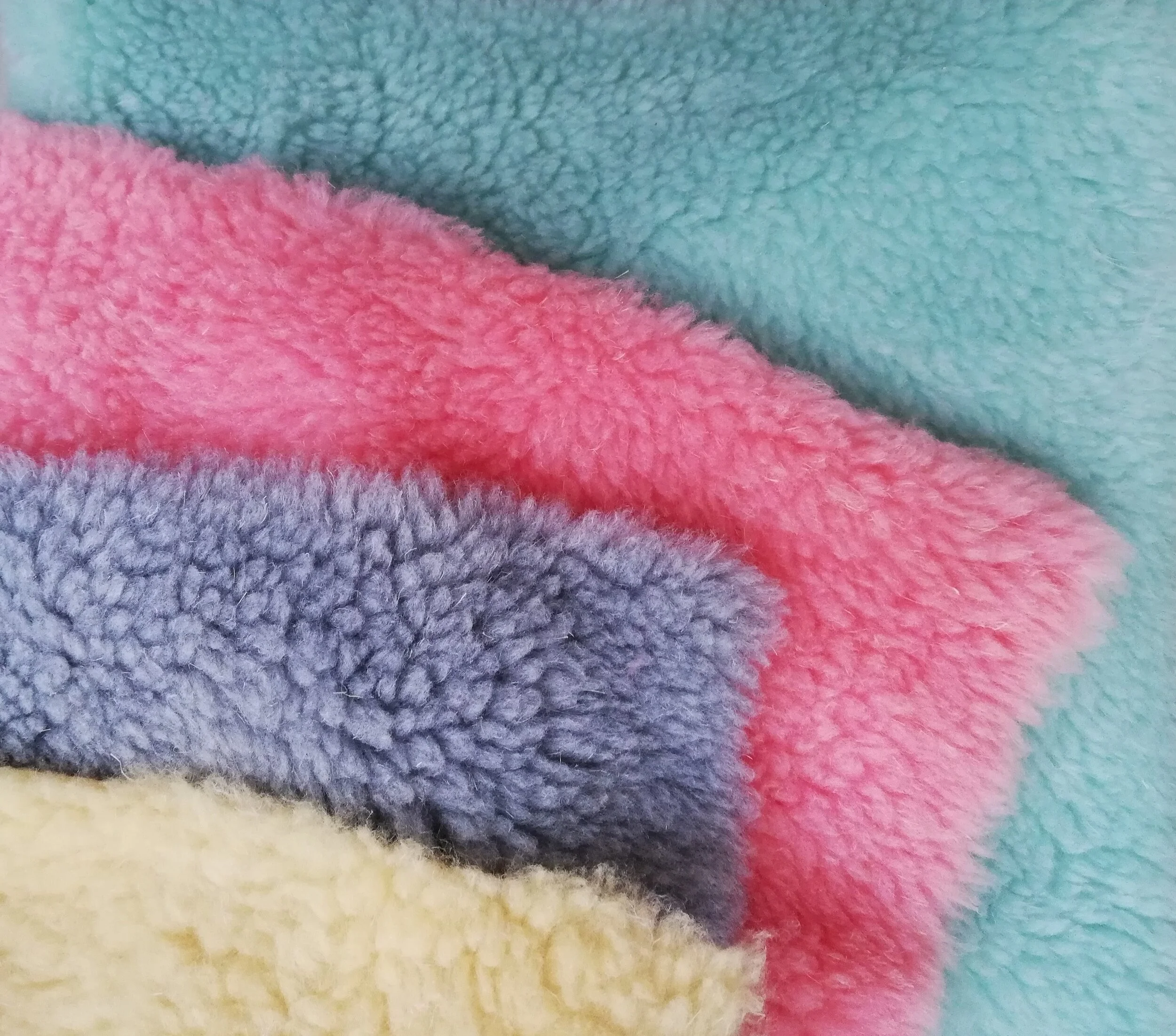Mob Wives Trend Reignites Conversations About Fur
In recent months, a resurgence of the Mob Wives trend has captivated the fashion world, bringing fur back into the limelight. With its unmistakable aesthetic characterized by fur coats, animal prints, and bold accessories, this trend stands in stark contrast to the minimalist "clean girl" look that dominated social media in previous years. However, as we delve into this trend, it's essential to confront the ethical and sustainability implications of fur in fashion.
Historically, fur has been synonymous with luxury and glamour. Yet, the reality behind its production is far from glamorous. Around 95% of fur comes from animals subjected to inhumane treatment, trapped, farmed, and brutally killed for their pelts. Not only does this industry inflict suffering on animals, but it also wreaks havoc on our environment.
Flora Fur. CIRCUMFAUNA.
Enter material innovations that offer a sustainable alternative to traditional fur. Flora Fur, crafted from milkweed and linen, represents a significant leap forward in eco-friendly textiles. With hollow cellulosic fibers derived from the milkweed plant, this innovative fabric boasts 100% biodegradability, minimizing environmental impact. Moreover, the cultivation of milkweed and flax plants requires fewer resources compared to conventional crops like cotton, making it a more sustainable choice.
Ecopel, a leader in faux fur production, is revolutionizing the industry with its latest creation, Cannaba. Made from a blend of hemp and recycled fibers, Cannaba combines sustainability with durability. Hemp cultivation is inherently sustainable, requiring minimal water and pesticides compared to other fibers. Additionally, incorporating recycled polyester into the fabric further reduces environmental footprint, contributing to a greener fashion industry.
ECOPEL - KOBA. CIRCUMFAUNA.
Another groundbreaking innovation from Ecopel is KOBA Faux Fur, featuring DuPont Sorona fibers. This bio-based alternative offers a soft, versatile, and long-lasting option for fashion designers. With up to 100% Sorona polymer homofilament fiber, KOBA Faux Fur aligns with sustainability goals, aiming to reduce greenhouse gas emissions by 45% by 2030, in line with IPCC targets.
Meanwhile, Furoid, under development by Geneus Biotech, represents a leap into the future of fur production. Utilizing cellular agriculture technology, Furoid creates a biomaterial molecularly identical to real fur. By cultivating natural tissue properties found in animal fur, Geneus Biotech is pioneering a cruelty-free and sustainable alternative to traditional fur.
FLWRDWN and FLWRFILL. Pangaia.
Pangaia's FLWRDWN™ and FLWRFILL™ take a botanical approach to insulation, using wildflowers to provide warmth and comfort without harming animals. Grown without pesticides or artificial irrigation, wildflowers support habitat conservation and water conservation efforts. Combined with biopolymers and aerogels, Pangaia's patented technology delivers superior thermal performance while championing sustainability.
These material innovations herald a new era in fashion, where style meets sustainability. By embracing eco-friendly alternatives to fur, designers and consumers alike can make conscientious choices without compromising on aesthetics or quality. As the fashion industry evolves, it's imperative to prioritize ethical and sustainable practices, paving the way for a more compassionate and environmentally conscious future. The Fashion Technology Collective urges stakeholders to prioritize sustainability, driving positive change in the fashion landscape for generations to come.



